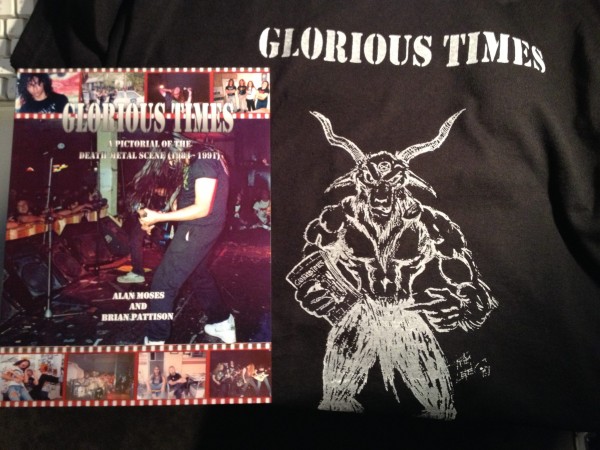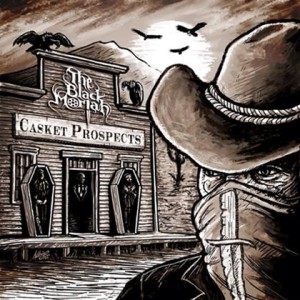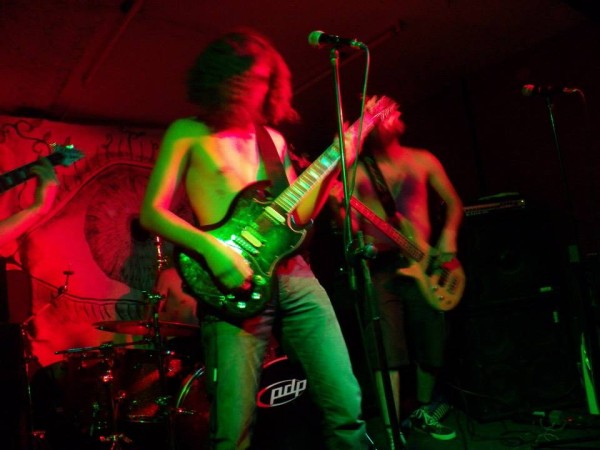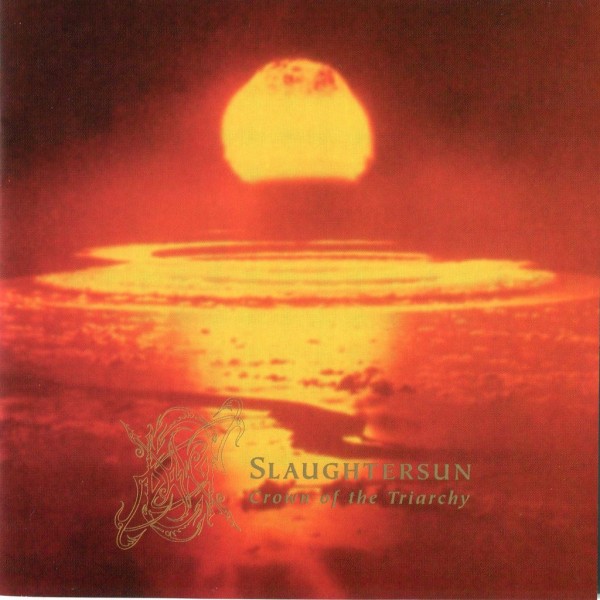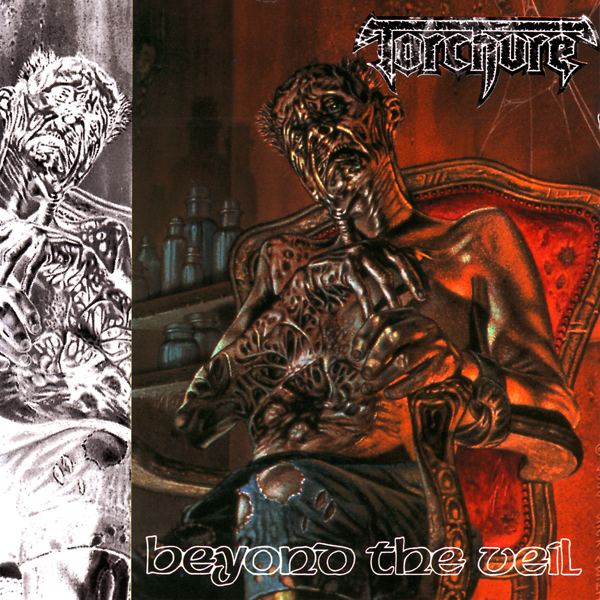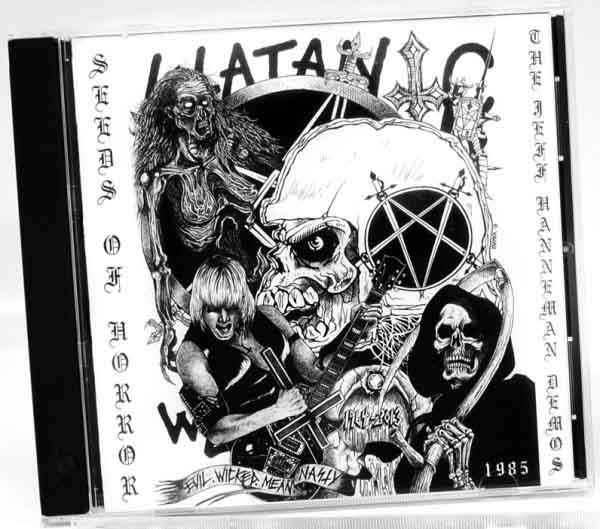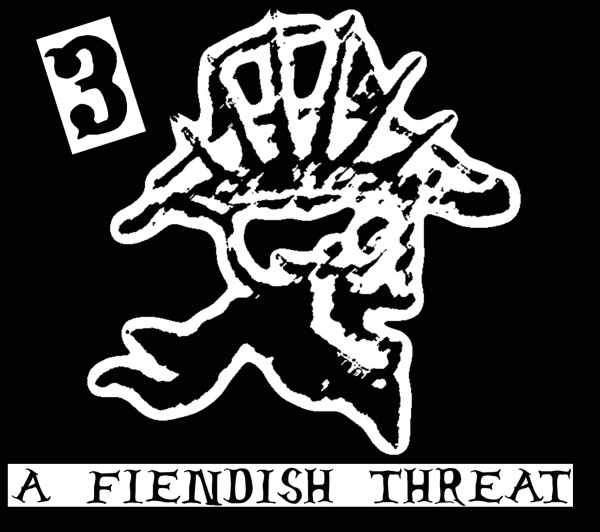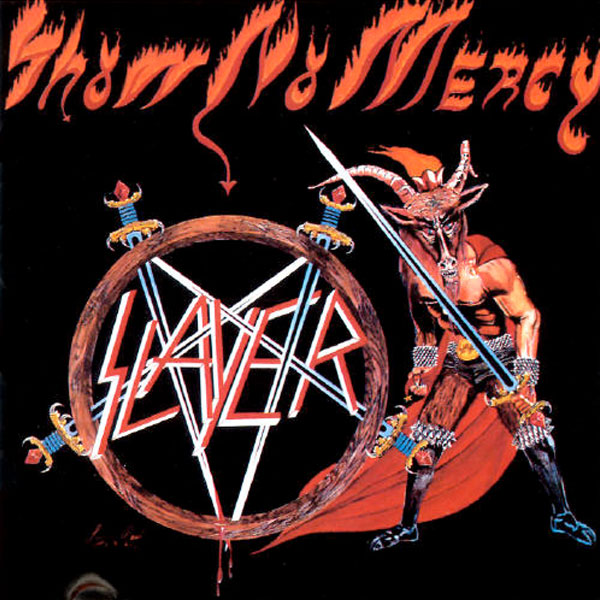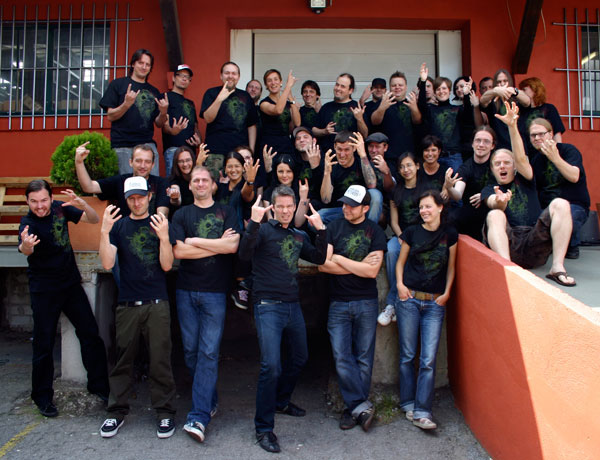 Every death metal listener has at some point heard some variation on the statement that death metal bands are untalented, and that instead of mellifluous singing, there’s some guy “just standing there screaming” (that’s from my Mom, about 25 years ago).
Every death metal listener has at some point heard some variation on the statement that death metal bands are untalented, and that instead of mellifluous singing, there’s some guy “just standing there screaming” (that’s from my Mom, about 25 years ago).
Despite three decades of these vocals, they remain vastly misunderstood. Leaving aside for a moment the question of their purpose and effect, there’s also the technical question of how they are produced. And how does this compare to regular “sing-a-long” vocals?
When heavy metal vocal coach Lane Taylor reached out to us here at Death Metal Underground, we asked him if he could resolve this issue. Is screaming singing? Is it a technique, with a right way and wrong way?
And most of all, what’s the right way? Here’s our interview with Lane.
You’re a vocal instructor for metal bands. How did you find this path in life?
Heavy music was my first true love. I was hooked the moment I brought home Metallica’s Black Album at the age of 10. As the years progressed and new styles of metal developed I decided to join a couple local bands to try my hand at composing the music I love. I enjoyed minor success in the local music scene and actually came pretty close to getting signed around 2007. As life would have it things didn’t work out with the band so I decided to get into teaching. There are a million guitar teachers out there so I decide to be different and study the art of screaming heavy metal vocal styles. I had already taken plenty of singing lessons at this point but could never find someone who taught screaming! For years I read every book and watched every instructional tutorial I could find on the subject and then later developed my own approach. The lesson feedback from my early students was great and so I decided to make a go of becoming a heavy metal vocal instructor!
Are death metal vocals a form of “singing”?
Technically no. When you sing you are singing musical notes in the keys of A,B,C,D,E,F or G. Musical notes fit together like a language to form musical scales. Screaming is a bit different in that you scream at a pitch instead of singing musical notes. When you scream it is done at a low, middle or high pitch.
Many people would say that metal vocals don’t offer much to the technicalist. Do you have some favorite examples that prove that talking point wrong?
Perhaps screaming is not that technical in a musical note sense but that is because it is a different beast! Metal music as a whole in my opinion is the most technical music there is! Many of today’s metal vocalists sing AND scream in their music which is very tough to do while still maintaining a clean powerful singing voice. Finding the right balance of singing and screaming when performing is technical in its self. Of course it is just my opinion but I believe Randy Blythe of Lamb of God is a pretty technical screamer. The man can do a lot with his voice! He has a lot of awesome vocal tones and really can mix it up with his screams.
Do you instruct people in death metal vocals? What methods do you teach?
Many of my students are into death metal bands like Cannibal Corpse and Bolt Thrower to name a couple. One of my first students even had a tattoo of the band Deicide – now that is a loyal fan! Since guttural low screams are a signature element in most death metal bands I will start the student out with a focus on the lows. After taking the student through several breathing and vocal warm up exercises we get into the meat of the screaming exercises which include “The Medicine Ball Toss”, “The Barbarian Hey!”, “Dog Barks and Growls” and “The Karate Voice Throw”. More information on these techniques is available at Scream Like A Rockstar!
Can you describe, in technical terms, how death metal vocals are produced?
In your throat you have the true vocal cords which are very thin pieces of tissue that allow you to speak and sing. These vocal cords block the escaping air that is pushed up from your diaphragm muscle and this creates a tension on the vocal cords. As the air pressure escapes through these cords they vibrate and produce speech or singing. There are thicker more durable pieces of tissue attached to the vocal cords and these are known as the false cords. These false cords are what a screamer relies on to produce a scream. When these cords come together with the right tension and air pressure it basically turns your throat and mouth into an echo chamber and your scream is produced. The false cords are very necessary in heavy metal vocals because they take much of the strain of the true vocal cords. Without the false cords the true vocal cords would be damaged very easily by screaming.
What are the benefits to a metal vocalist of receiving instruction? Are there ergonomic and health benefits as well as performative ones?
For the beginner screaming lessons are a must! If you are new to screaming and practicing with poor technique it is important to correct it so you don’t injure yourself. Just as it takes time to build muscle at the gym the same is true with building up strong vocal cords that can handle this type of extreme music. For a seasoned veteran screamer a good instructor can provide great ways to warm up which will help ward off vocal injuries and will also help to increase vocal stamina when performing. In my program I also provide vitamins and supplements you can take if you get sick on tour or need to bring down vocal inflammation.
How do people avail themselves of your services, and do you work remotely?
I am based out of the North Bay area here in California but for those who aren’t local I also have an instructional DVD at my website Scream Like A Rockstar. The DVD took 3 years to make and contains lots of goodies to help metal musicians reach their rock star dreams! At the website I also run a blog with some good free tips to help novice screamers. Thank you very much to the staff at Death Metal Underground for allowing me the opportunity for this interview!
3 CommentsTags: death metal vocals, heavy metal vocals, lane taylor, metal vocals
